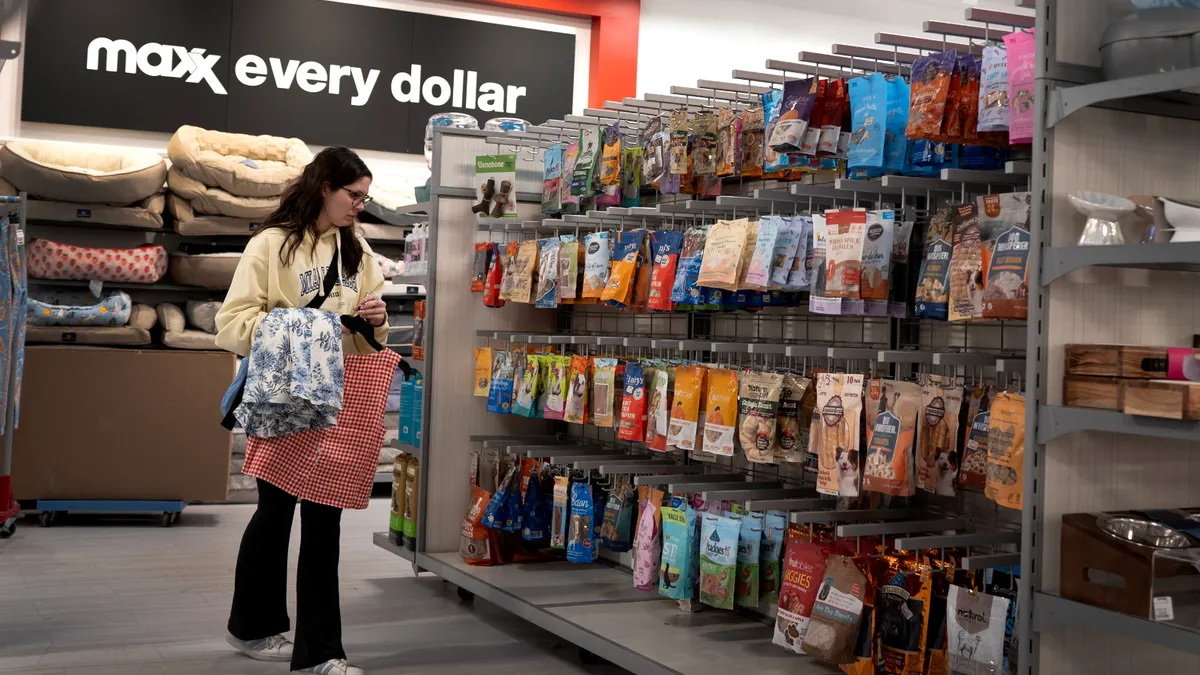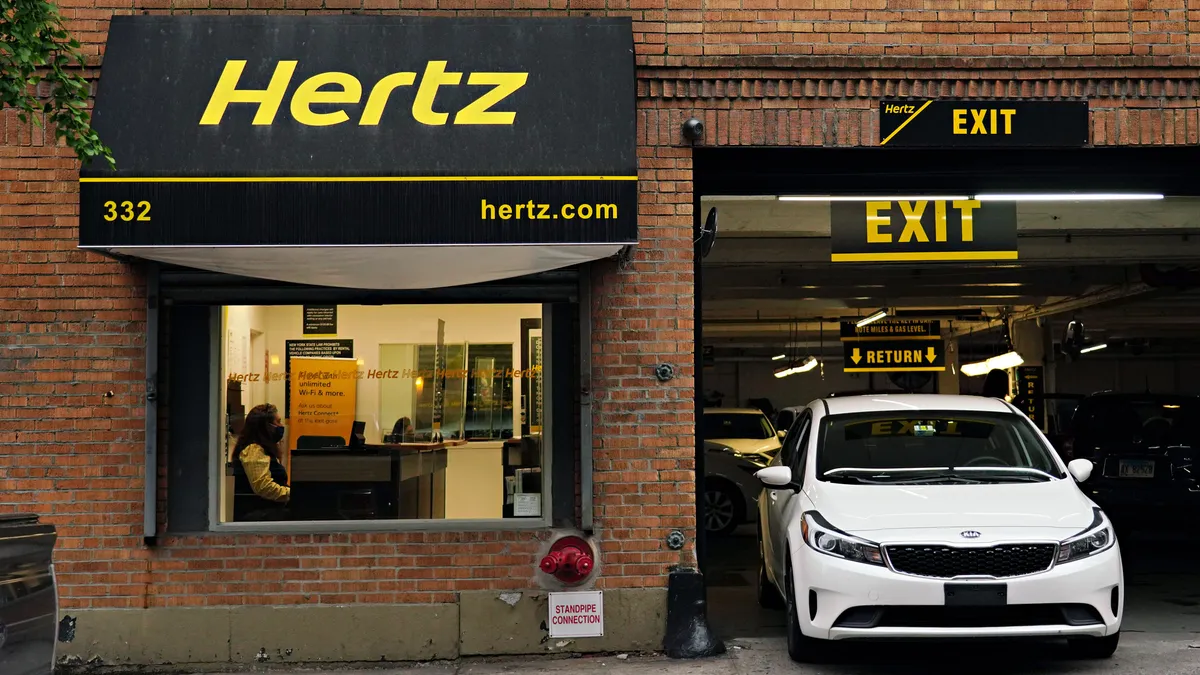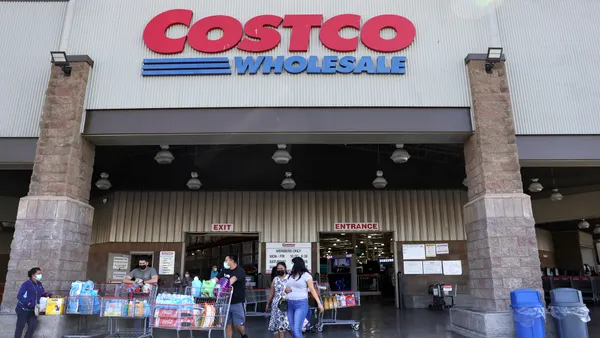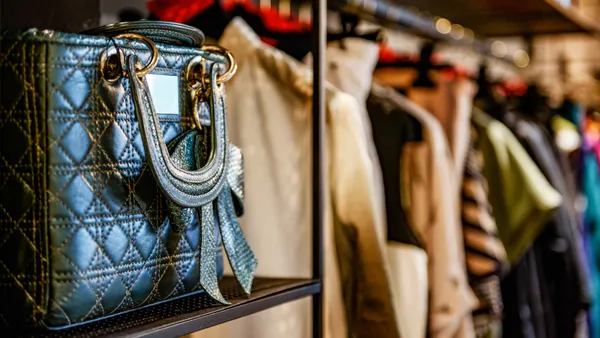Businesses and consumers looking for some clarity when it comes to the Trump administration’s tariff policy will have to keep looking.
The Trump administration on Tuesday delayed some of its most severe reciprocal duties by August 1. But just a day prior, the White House sent letters to more than a dozen countries threatening to raise tariffs.
The uncertainty caused by tariffs is changing consumer behavior. Shoppers concerned about the state of the economy and the ability to fund their lifestyle are taking a defensive posture with their spending, according to Kate Muhl, VP analyst in Gartner’s marketing practice. CX leaders need to meet them where they are and highlight the value that they’re providing.
Consumers are scaling back spending, switching to store label brands, and reconsidering big purchases. A UserTesting survey of 4,000 people in the U.S., U.K. and Australia, released Tuesday, found that 2 in 5 are buying fewer products overall. A Gartner survey of nearly 400 people released this week, found 2 in 5 are looking to spend less.
The turmoil caused by tariffs is “a play in two acts,” Muhl said. “Act one: uncertainty. Everybody's freaked out. When they think about their future plans, they want to secure themselves. Act two is not just uncertainty — we actually have changes [like higher prices] on the ground.”
Currently, it’s unclear how much prices are rising because of tariffs, but as more tariffs go into effect, prices for certain goods could rise, spurring more consumer reaction.
“As we get towards the end of the year, we're going to see potentially another round of behavior change and attitude change when we have the second act of this play,” Muhl said.
For now, the reaction has been pretty consistent throughout the spring and into the summer, Muhl said. “The weight of uncertainty, the sense of negativity around the idea of tariffs, and I think most importantly the commitment to putting off big purchases — those have been pretty consistent from pre-Liberation Day to post.”
Over one-third of U.S. consumers are stressed by tariffs, and nearly one-quarter feel overwhelmed hearing about economic changes tied to shifting trade policies, according to UserTesting.
In general, saving money is top of mind at the moment. Over one-quarter of consumers globally are switching to generic or store-brand alternatives, UserTesting found. Another 20% are traveling less and 39% are reconsidering summer travel entirely. In the U.S., half of consumers reported switching to lower-cost alternatives, straining loyalty.
Gartner, too, found evidence of consumers looking to save money. Half of those surveyed said they would cook at home more often and 2 in 5 would trade down.
As shoppers look to save money without sacrificing quality, they’ll do more research, especially on big purchases, Muhl said.
“We can expect on the journey that the consumers are going to be consulting more sources at the kind of inspiration and research phases of the journey,” Muhl said.
Many brands won’t be able to reduce prices to attract customers, so Muhl encourages brands to stress the value of their products and services.
That includes providing a permission structure — “more information about not just what the benefits of the purchase are going to be, but also how this is not going to bring additional risk into your life,” she said. In turn, “people can give themselves in some sense permission to make that purchase.”
A shoe company, for example, might prominently display a quote from a customer about how its sandals are long lasting, timeless or require no break-in period. A shopper might then be more reassured that the sandals are high quality and that they won’t regret purchasing a pair.
“In addition to finding ways along the journey to to signal value, which is to say you're getting a lot for the money you're spending, we have to also start to incorporate more signals of future value,” Muhl said.
“So it's not just what a great price you're getting for this shoe, it's that this shoe is durable,” Muhl continued. “This shoe is going to go with everything in your wardrobe. This shoe is classic or timeless — things that signal along the way that this is not just going to be a good deal today, but that it's going to serve you later as well.”
And as tariffs take hold and prices rise, UserTesting urges brands to be transparent about pricing changes. Nearly three-quarters of consumers say transparency about pricing changes are critical to maintaining trust.
“Consumers understand that price hikes may be out of a company’s control,” Bobby Meixner, VP of solution marketing at UserTesting, said in a prepared statement. “What they’re looking for is honest, upfront communication — and they’re making purchase decisions based on it.”











